Goopy Gyne Bagha Byne
8.8 /10 1 Votes
Director Satyajit Ray Release date May 8, 1969 (India) Duration Language Bengali | 8.6/10 IMDb Genre Family, Fantasy Budget 600,000 INR Country India | |||||||||||||||||||||||||||||||||
 | ||||||||||||||||||||||||||||||||||
Release date 8 May 1969 Writer Satyajit Ray (screenplay), Upendra Kishore Raychowdhuri (story) Film series Goopy Gyne Bagha Byne series Cast Tapan Chatterjee (Goopy), Robi Ghosh (Bagha), Santosh Dutta (King of Shundi / King of Halla)Similar movies Related Satyajit Ray movies | ||||||||||||||||||||||||||||||||||
Goopy gyne bagha byne title music by satyajit ray
Goopy Gyne Bagha Byne (Bengali: গুপী গাইন বাঘা বাইন Gupi Gain Bagha Bain) is a 1969 Indian Bengali fantasy adventure comedy film directed by Satyajit Ray and based on a story by his grandfather Upendrakishore Ray. The film is the first film of the Goopy Gyne Bagha Byne series, followed by a couple of sequels - Hirak Rajar Deshe was released in 1980 and Goopy Bagha Phire Elo, written by Ray, but directed by his son Sandip Ray was released in 1992.
Contents
- Goopy gyne bagha byne title music by satyajit ray
- Plot
- Origins
- Development and filming
- Soundtrack and other songs
- Critical reception
- Awards and honors
- Preservation
- Remake
- Hirak Rajar Deshe
- Goopy Bagha Phire Elo
- Future
- References

The film was based on the characters Goopy Gyne and Bagha Byne, who made their first appearance in the Sandesh magazine in 1915, with illustrations by Ray's grandfather Upendrakishore Ray. In 1961, after revival of Sandesh, Ray began contemplating the idea of making a film based on that story, and he was partly compelled by his son Sandeep to make a film which was less 'grim and adult'. This was matched by Ray's own desire to make a movie, which unlike his previous movies, would cater to children. Plus this would also give him an opportunity to lace the story with music and dancing, a point his movies' producers and distributors were always insisting upon. Ray managed to convince producers to finance the movie, even though it was clear from the beginning that the film would cost a lot of money.
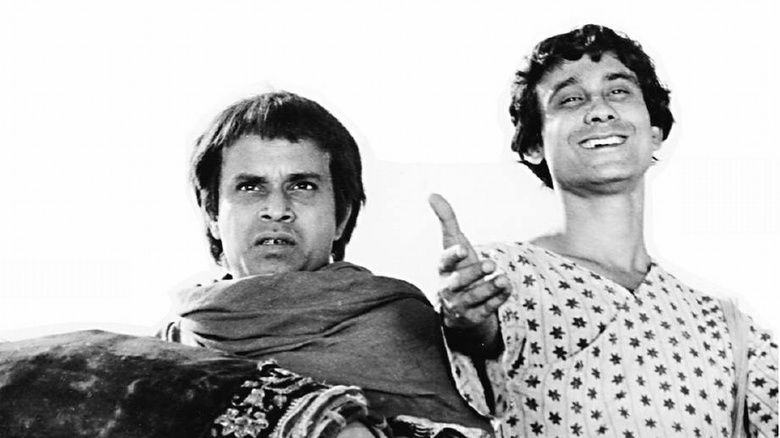
The movie released to great critical and commercial reception, which held the record for longest continuous run of a Bengali-language movie in Bengal, as it ran for 51 straight weeks. It won the Best Feature Film and Best Direction awards at the 16th National Film Awards, and went on to win many other international awards as well. Critical reception was highly positive. Raja Sen called it to be the most innovative movie to have ever come out of India. Phil Hall said that the movie comes as a delightful surprise – Ray, it appears, not only possessed a great sense of humor but also enjoyed a stunning talent for musical cinema.
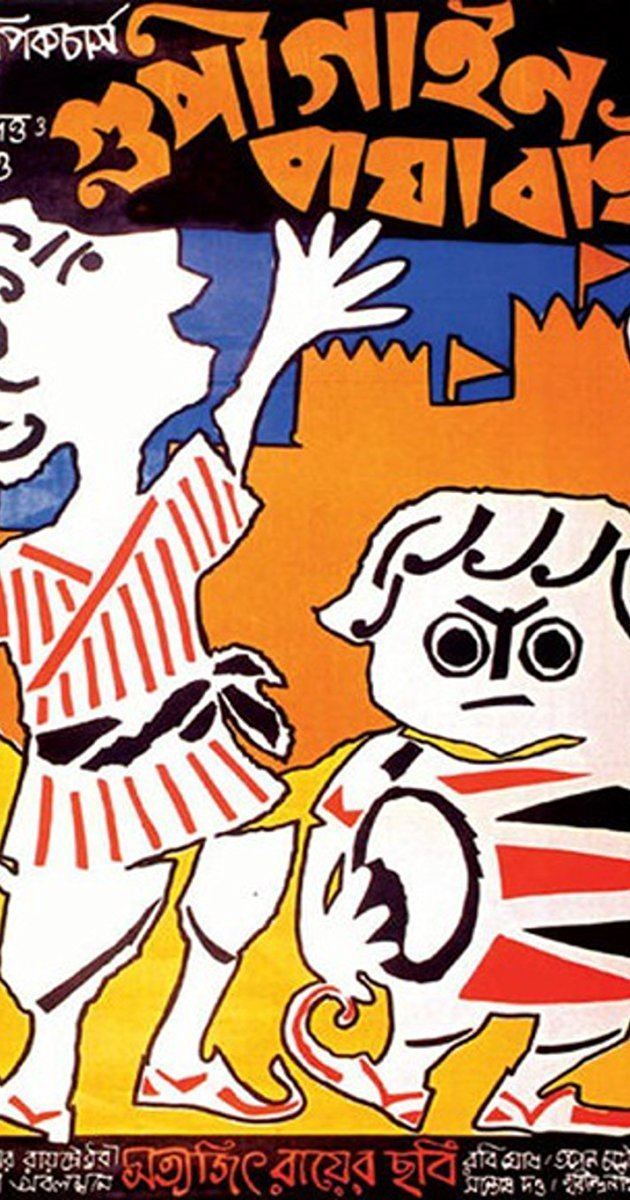
Plot
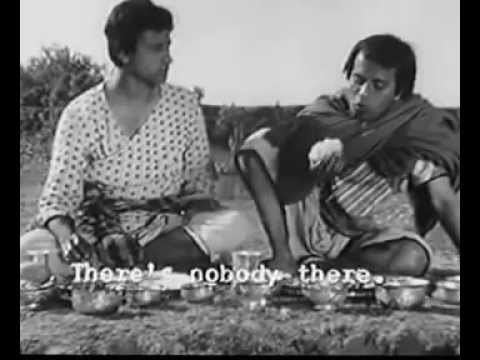
The story revolves around Gopinath Gyne alias Goopy (Tapen Chatterjee), the son of a poor Kayastha grocer Kanu Kyne from a village called Amloki. Goopy wants to become a singer but has a hoarse voice. Persuaded by village elders to sing for the king, he does so and is driven out of Amloki on a donkey for waking the king with his terrible singing. Exiled into a forest, he meets Bagha (Rabi Ghosh), another exile from nearby Hortuki sent to the forest - in Bagha's case, due to playing a drum badly. They start singing and drumming, initially to scare off a roaming tiger, and in the process they attract a group of ghosts who are fascinated by their music. The king of ghosts grants them three boons:
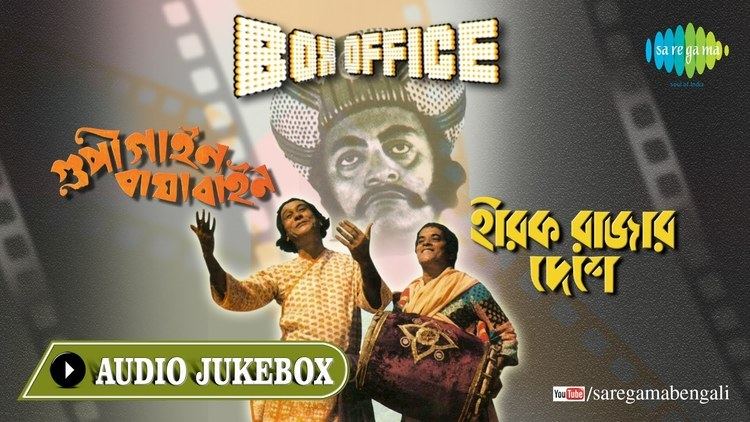

They travel to Shundi, where a benevolent king appoints them court musicians. However the king of Halla (the long lost brother of the king of Shundi) is planning to attack Shundi, after being poisoned with magic potion that makes him evil, given to the king of Halla by his self-centered prime minister. Goopy and Bagha travel to Halla in an attempt at preventing the attack, but are captured instead. Since they have now lost their slippers, they can't escape by magic, but manage to do so instead by strategy. They arrive singing and drumming when the soldiers are about to launch their attack, capturing the king of Halla, who is returned to Shundi. The two brothers are reunited and Goopy and Bagha marry the daughters of the two kings.
Origins
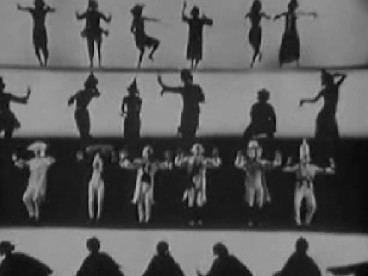
Around 1967, Ray started toying with the idea of creating a film based on extra terrestrial creatures on earth, and wrote a screenplay to that effect. Marlon Brando and Peter Sellers were supposed to star in lead roles in the movie. However, things did not turn out well between him and Columbia Pictures, and the project was shelved. Unable to make a fantasy movie in Hollywood, Ray decided that he will make one in India instead. He intended to reach a wider audience with this movie, prompted in part by the lukewarm box office performance of his previous movies Kapurush, Mahapurush and Nayak. R.D Bansal, who had produced those movies, became even less enthusiastic when he learnt of the film's estimated budget, and, as Ray told Marie Seton in December 1967, he spent the remainder of 1967 scouting for finance, and almost reduced to the same situation as he had been during shooting Pather Panchali. Finally towards the end of 1967, Nepal Dutta and Asim Dutta of Purnima Pictures agreed to lend some financial help. But since it was not substantial enough to shoot the entire movie in color, Ray decided to do it in black and white and show only the final scene in color.
Development and filming

The film's pivotal sequence was a six and a half minute dance, divided into four numbers, performed by the ghosts of the forest in front of Goopy and Bagha. The numbers were intertwined into a phantasmagoria of contrasting styles and moods. Ray settled on four classes of ghosts keeping in line with the four common classes in the social hierarchy in Hinduism, "since we have so many class divisions, the ghosts should have the same." Thus came to be included the king and warriors, sahibs, fat people and the common people. Ray decided that the music ought to have some order, form and precision, instead of being just being a wooly, formless kind of thing. He remembered a South Indian classical form he had once heard in the Delhi Film Festival, which used 12 musical instruments, of which he selected four. He deliberately avoided melody, because melody suggests a kind of sophistication. Each class, except the sahibs, was played by actors appropriately dressed and made-up, the sahibs were shadow-puppets expertly under-cranked to create the illusion. The dance culminates with the four classes positioned vertically, with the priests at the bottom and the common people at the top, in contrast with the traditional class hierarchy, Ray imagined the caste system upside down in reaction to the evolving nature of power.
Soundtrack and other songs
- Bhuter Rajar Bor deoa
- Dekhore Nayan Mele
- Bhuter Raja Dilo Bor
- Maharaja! Tomare Selam
- Raja Shono
- Ore Baghare
- O Mantri Moshai
- Halla Choleche Juddhe
- Ek Je Chhilo Raja...
- Ore Baba Dekho Cheye
Critical reception
Critical response was generally positive, with the length and special effects being the main points of criticism. Dennis Schwartz wrote that "Its only fault is that I thought it was too lengthy to hold the attention of children. But the appealing film dazzles with Ray's lively score that's carried out very well by the film's stars." Lindsay Anderson said that it had got lovely things in it, but it went on for too long. A critic, writing for The Guardian, said that this was "Satyajit Ray at his least convincing". The Observer wrote that "perhaps it would appeal to singularly unfidgety children". The Times observed, "Ray is a true poet of the cinema, but he finds his poetry in everyday reality; in all-out fantasy he seems somewhat prosaic". It was, however, a smash hit at home. Ray later wrote to Seton, "It is extraordinary how quickly it has become part of popular culture. Really there isn't a single child who doesn't know and sing the songs".
Awards and honors
At the 16th National Film Awards. the movie went on to win 2 huge awards:
It won 4 international awards :
It was also nominated for the Golden Bear at the Berlin Film Festival.
Preservation
The Academy Film Archive preserved Goopy Gyne Bagha Byne in 2003.
Remake
Goopy Gyne Bagha Byne remade into Hindi language animated film named Goopi Gawaiya Bagha Bajaiya, directed by Shilpa Ranade. It won and nominated for several international awards.
Hirak Rajar Deshe
Satyajit Ray made a sequel named Hirak Rajar Deshe, which released eleven years after release of Goopy Gyne Bagha Byne.
Goopy Bagha Phire Elo
Sandip Ray, son of director Satyajit Ray directed another sequel named Goopy Bagha Phire Elo. The film released twelve years after release of Hirak Rajar Deshe.
Future
Sandip Ray wants to make another sequel to this series. He had received many request to make the fourth Goopy - Bagha movie. Ray said to The Times of India about the plot of fourth film: "Making a Goopy Bagha movie without Tapen and Rabi is unthinkable. The only way I can do a fourth is by taking the story forward and introducing Goopy and Bagha's sons," he said. The idea to weave a story around the next generation came from a line from the introductory song 'Mora dujonai rajar jamai in 'Hirak Rajar Deshe' — "aar ache polapan, ek khan ek khan... (we have one child each)".
References
Goopy Gyne Bagha Byne WikipediaGoopy Gyne Bagha Byne IMDb Goopy Gyne Bagha Byne themoviedb.org
